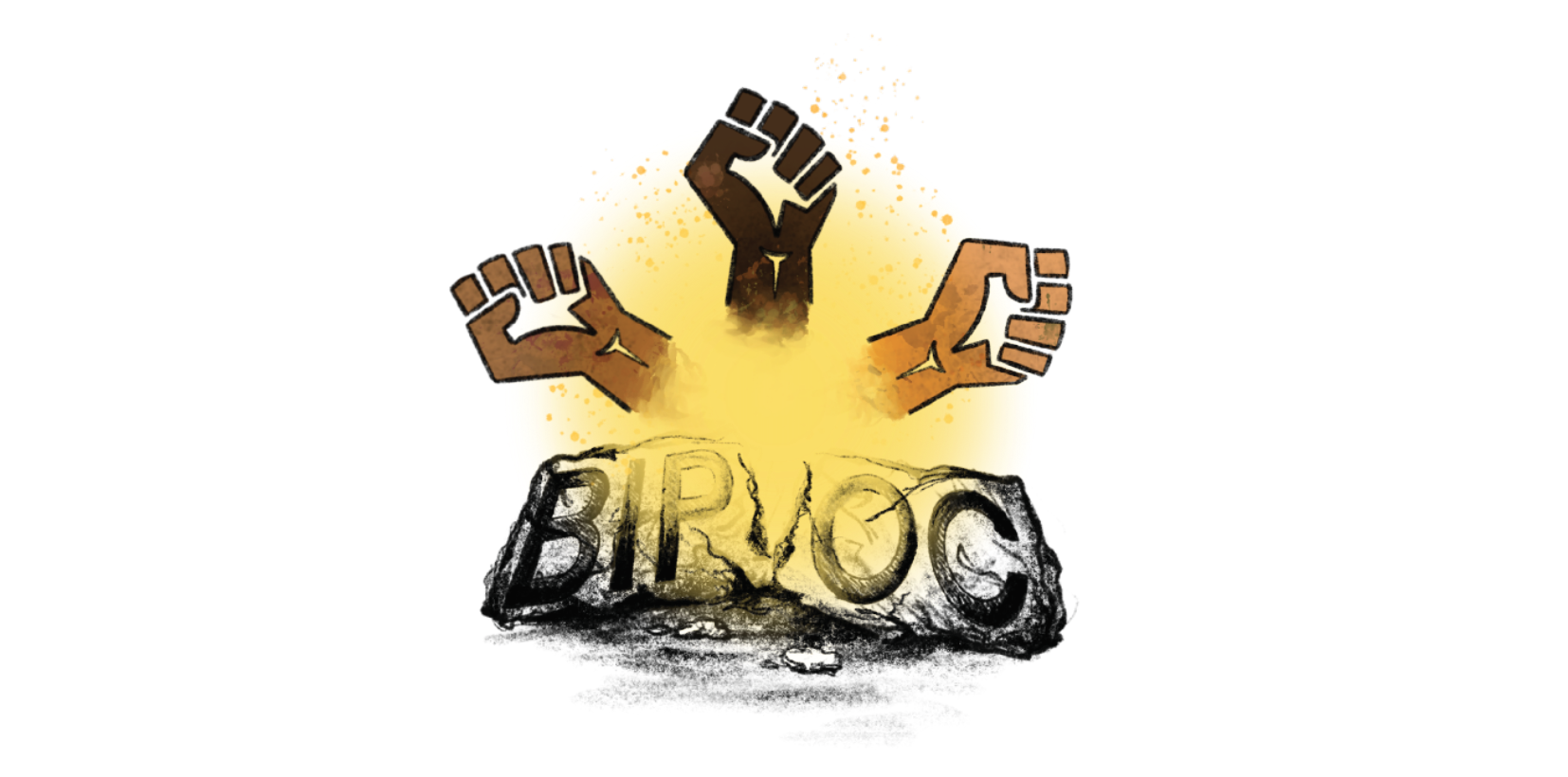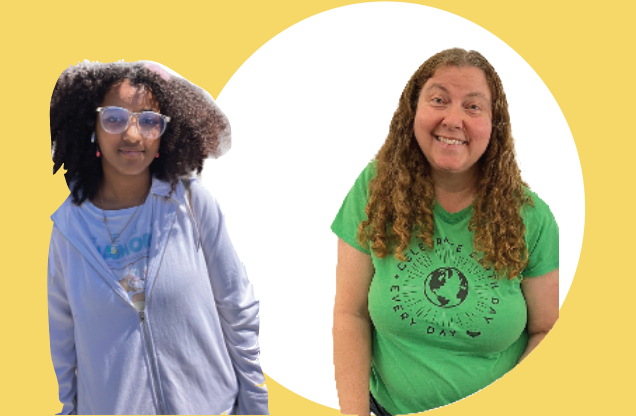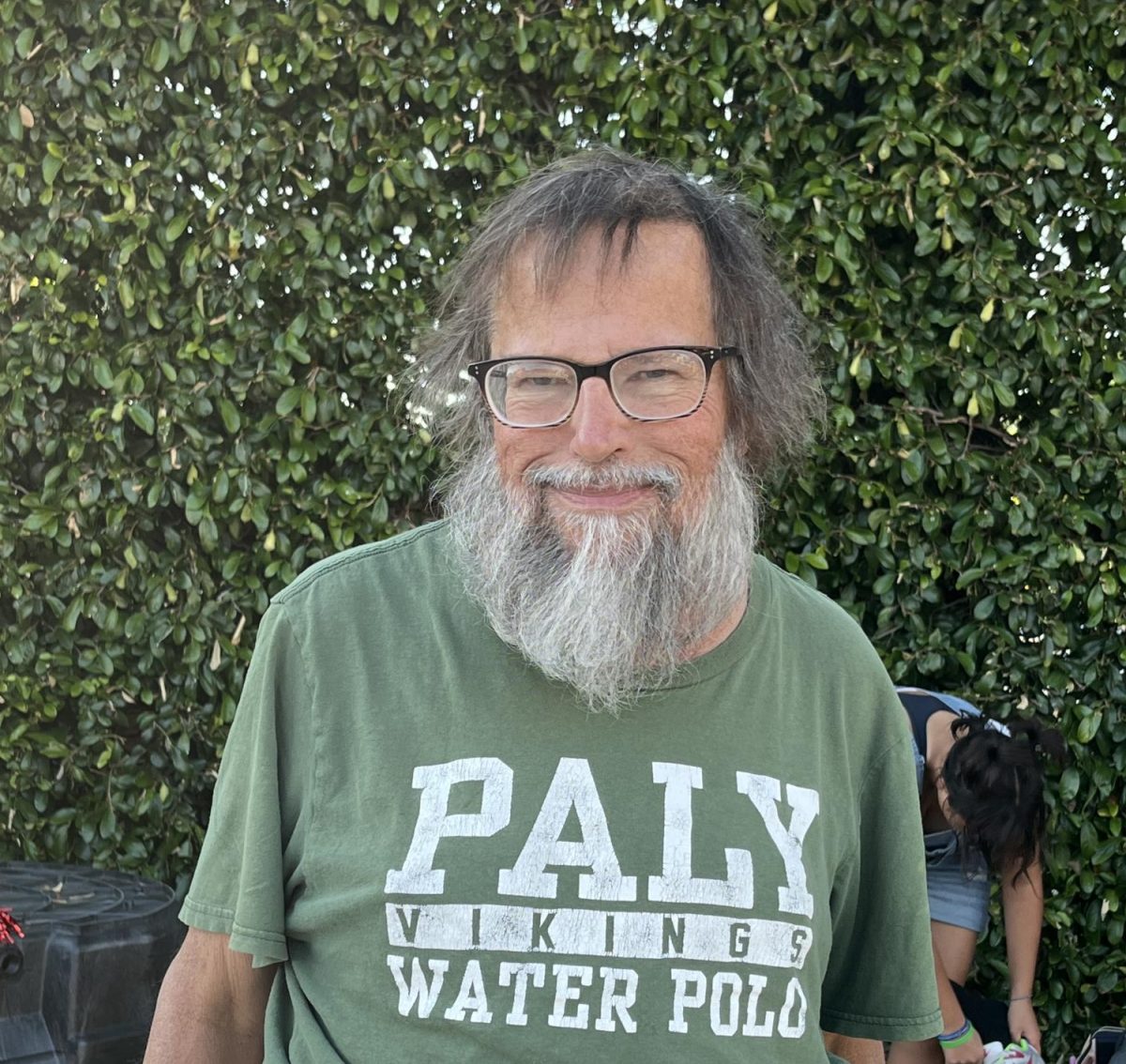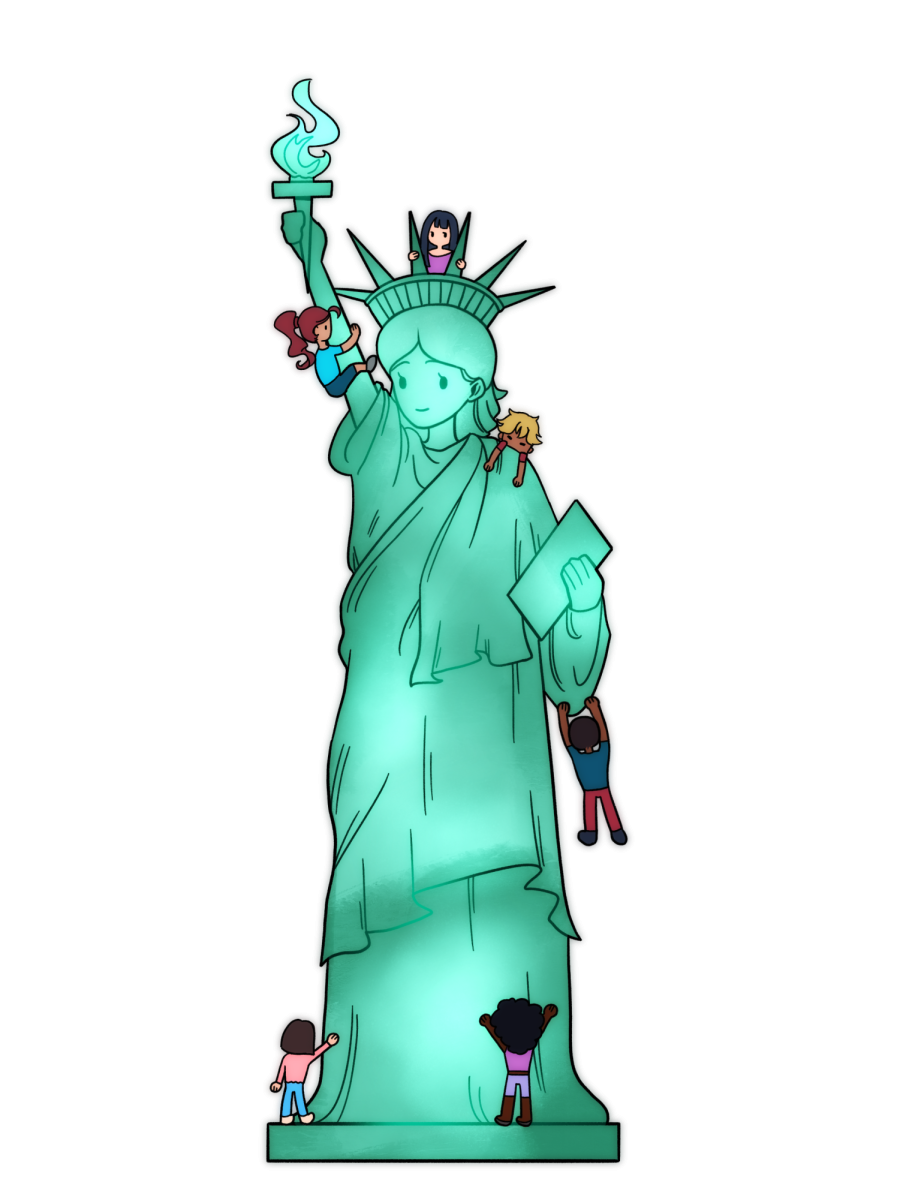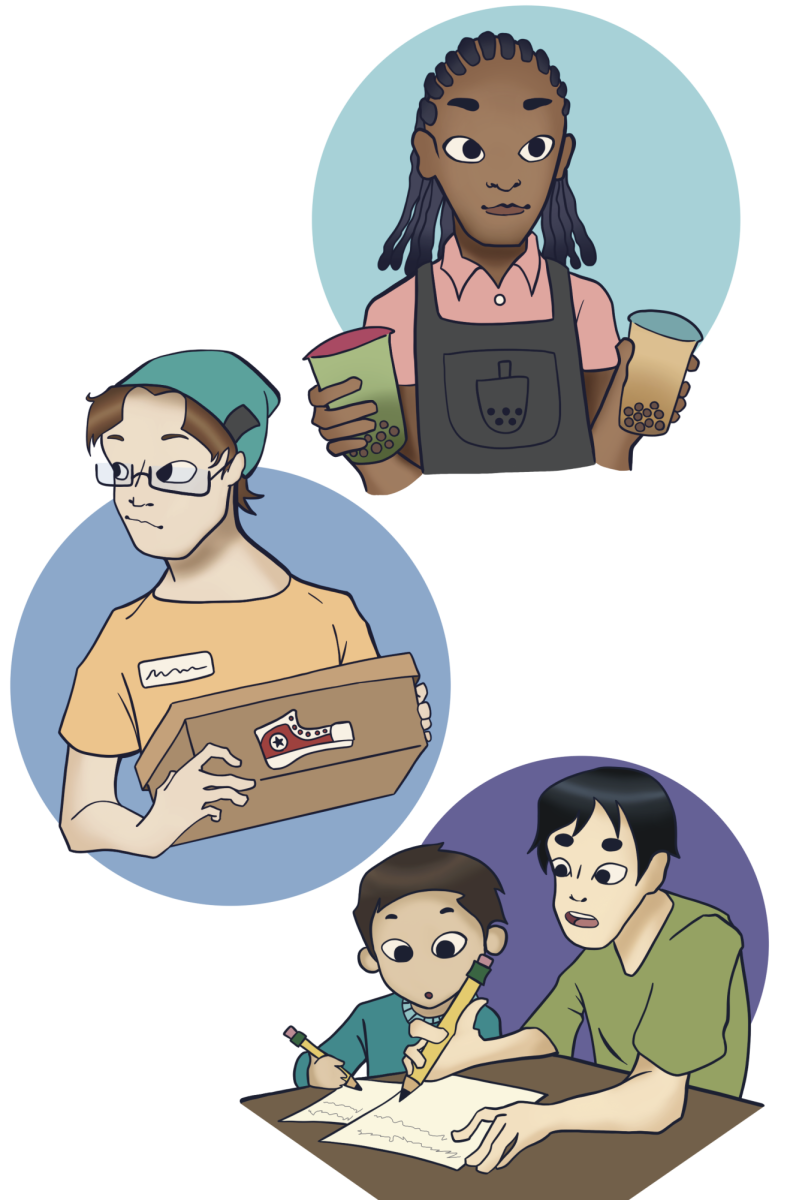When Youth Community Service club asked Noelle Burwell and Wumi Ogunlade, co-presidents of Black Scholars United club, whether they wanted to work together to create an event to celebrate Martin Luther King Jr., they said yes. Several weeks later, six youth panelists from different races and cultures turned on their cameras and dove into a discussion about the implications of race and social justice in today’s world.
In the 1960s, the term “people of color” became a way to avoid use of the derogatory term “colored people.” Shortly after that, the term “women of color” became more widely used. Now, forged through recent social movements, a new term has emerged: “BIPOC.”
Standing for Black, Indigenous and people of color, BIPOC has come to represent a catch-all term for everyone who is not white. Neil Rathi, president of the Paly Linguistics Club, said the increasingly generalized use of BIPOC is what many sociolinguists describe as linguistic violence.
“I think it arose as kind of a way to specifically mention Black, indigenous people as part of people of color, but it’s still being used as a term just to refer to all people of color,” Rathi said. “(But) the struggles that Black people are facing because of their race aren’t going to be the same as those that Asian or Latinx or indigenous people are going to face. And using the term ‘BIPOC’ pretty much ignores that.”
PAUSD Assistant Superintendent of Equity and Student Affairs Yolanda Conaway, though, said the word “BIPOC” is an improvement from other terms such as “marginalized” or “minority groups” which have also been used to describe people of color. She said BIPOC is a convenient term to encompass a diverse group of people who are non-white.
“Everything depends on the context in which it’s used,” Conaway said. “I can’t say I see it as a term of empowerment — I see it as a term of convenience. So it can be empowering in the sense that it moves away from terms like ‘minority’ and ‘marginalized group.’ But anything that reduces groups of people to five letters that is an acronym — I don’t necessarily believe that there’s any empowerment in that.”
Like Rathi, Burwell thinks the word “BIPOC” has the potential to blur the lines between the different communities represented by the word. She said that while there is a tie between the Black community, the indigenous community and other racial groups or cultures, each group still has different experiences — something BIPOC fails to encompass.
“I think it’s important to have each culture and each community defined, and I think it’s important to see color and to acknowledge people’s cultures because there’s a whole history tied to it,” Burwell said. “It’s important to embrace all of the differences between each community because I think that’s what makes us a more empathetic society.”
This shift toward empathy and inclusion is perhaps one of the factors that made the use of the word “BIPOC” increase in popularity over the last few years. Google Trends, which tracks the frequency of Google searches over a period of time, shows a steady increase in the use of the word “BIPOC” since June 2018, with a large spike in June 2020.
“People will talk to people within their own community — especially their ethnicity or their race — in kind of a different register; they’ll use terms that are unique to their group, and they’ll maybe use their own vernacular,” Rathi said. “So, I think what happens is, this is actually how these terms kind of are taken out of context. So people might have started using the term ‘people of color,’ within their own communities, and people from outside those communities saw this happening and were like, ‘Oh, I can use that term,’ without really understanding the nuances behind it.”
Part of acknowledging the unique experiences of different communities lies in interacting with people of different backgrounds and building the capacity for discussion. As part of her job, Conaway said she strives to foster equity, inclusion and belonging for all of the students and families in PAUSD. To do so, she encourages people to communicate and interact with people who come from different races and backgrounds to see beyond the racial stereotypes perpetuated in the media and popular culture.
“I think that it’s going to be extremely important, if there is going to be any change, for us to recognize and accept differences,” Conaway said. “Part of our growth as a society, and as a community, is about recognizing that there are differences and being able to embrace those differences and look at it as a source of strength rather than something that we have to be fearful of.”

